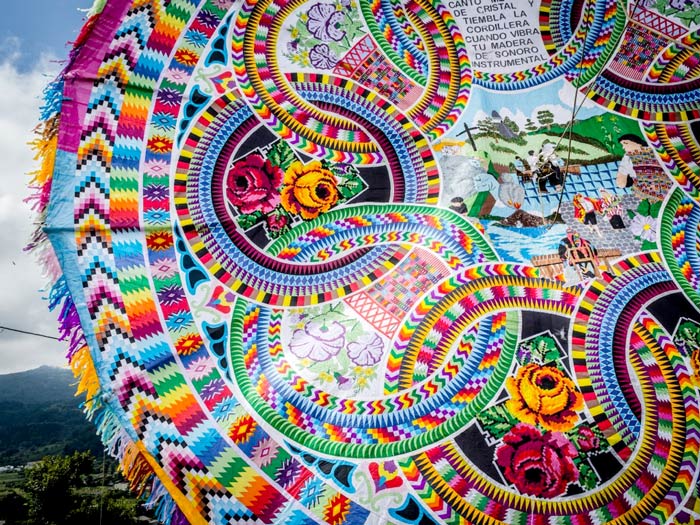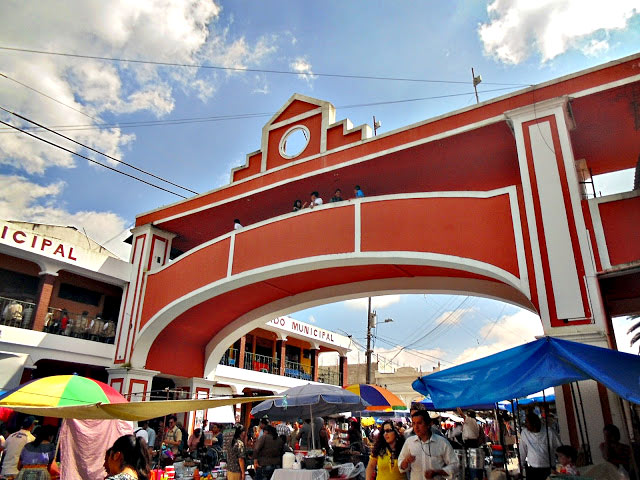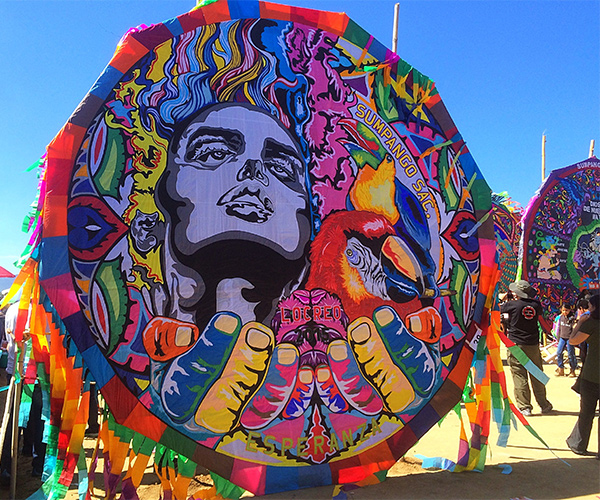(Spanish pronunciation: [sanˈtjaɣo sakateˈpekes]) is a municipality in the Guatemalan department of Sacatepéquez. It is well known for a kite festival held here annually on November 1.
Santiago Sacatepequez


History
Santiago Sacatepéquez is located in a valley that the Spanish conquistadores called “de Sacatepéquez” (English: Valle of Sacatepéquez) in the 1520s That valley was bordered by the valley of Xilotepeque on the West, those of Mixco and las Vacas on the North, and by the Chiquimula province and the South and East The town was described as a rich town with several hundred families and as having “cold climate” by Irish friar Thomas Gage in his 1548 book about his travels through America in the 1620s and 1630s
In the 1540s, bishop Francisco Marroquín split the ecclesiastical administration of the central valley of Guatemala between the Order of Preachers and the Franciscans, assigning Sumpango’s curato to the former. In 1638, the Dominicans separated their large doctrines in groups revolving around six convents:
Ecclesiastic historian Domingo Juarros wrote that in 1754, by virtue of a royal order of the borbon reforms of king Carlos III all curatos and doctrines of the regular clergy were moved on to the secular clergy. Also, in 1766 the Chimaltenango and Sacatepéquez municipalities tried to join, but it did not work out and they remained split until after independence from Spain in 1821

Most relevant aspects of the history of Santiago Sacatepéquez
The town of Santiago Sacatepéquez was extremely important from colonial times, it is known that it was founded by the Spaniards with the name that it currently has, approximately between the years 1,540 and 1,550.
Archbishop Pedro Cortés y Larraz made a parochial visit to the diocese of Goathemala between 1768 and 1770, preparing a report on the aspects he observed during the visit, drawing a map of the Diocese of Goathemala.
Due to the richness of the land of Santiago, the colonial chroniclers agreed when describing the town as a rich and highly productive region, characteristics that it still conserves to this day.
All Saints
Day Kite Festival
On November 1st of every year the people of both Santiago Sacatepéquez, and Sumpango, Guatemala, put together giant kites to fly during the Day of the Dead during the All Saints Day Kite Festival. The vibrantly colored designs on the kites, made of cloth and paper with bamboo frames, depict religious or folkloric themes and they are flown in the nearby Sacatepéquez cemetery to honor the dead. The locals in this small municipality dress up in colorful clothing and head to the cemetery to spend the day cleaning up the graves and decorating them with flowers while they have picnics right next to their departed family members.

Traditionally, the building of the kites takes 40 days, the first day marked by the village’s unmarried men heading out to the coast at 4:00 am to laboriously collect bamboo for the kite frames. Every part of the kite is made using nature’s bounty; the glue is a mixture of yucca flower, lemon peel, and water, ropes are made of the maguey plant (the plant that also brings us tequila), and the tails are made from woven cloth.
The practice of flying colorful kites during the Day of the Dead celebrations has been around for 3,000 years and is recognized by various religious sects, and locals believe it is a tool for communicating with the beyond.
Education
Illiteracy by gender
| Male | Female |
|---|---|
| 89.80% | 73.80% |
Illiteracy settlements
| Urban Population | Rural Population |
|---|---|
| 25% | 53% |
Education percentages
| Level | Male | Female |
|---|---|---|
| Preschool | 52.2% | 51.7% |
| Elementary | 93.1% | 93.5% |
| Junior High | 33.9% | 28.0% |
| High School | 1.6% | 1.2% |

